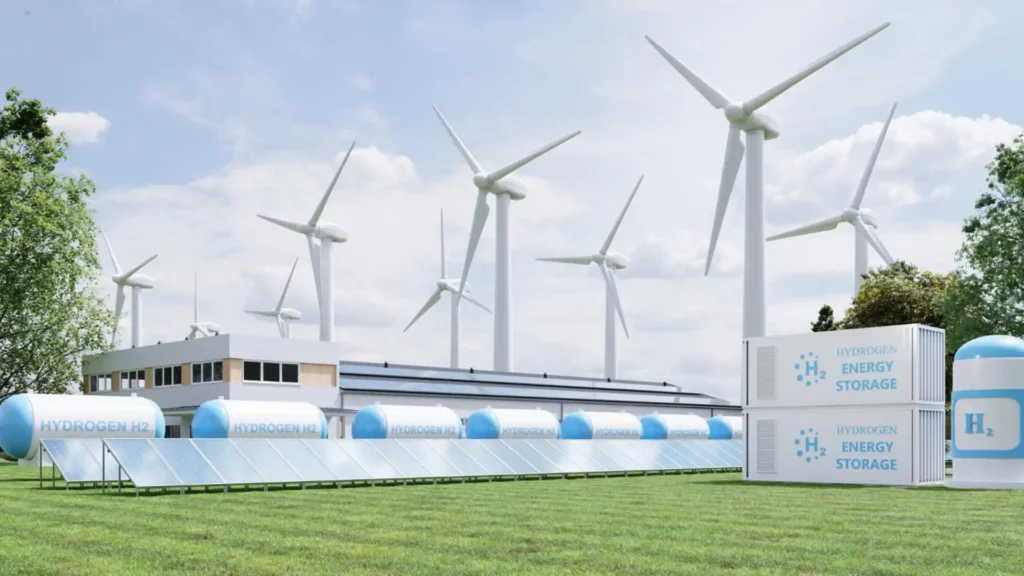In the ever-evolving landscape of renewable energy, wind power stands as a beacon of sustainable progress. Yet, a critical component that elevates its efficacy and reliability is Wind Power Energy Storage WPES.
This comprehensive guide delves deep into the intricacies of Wind Power Energy Storage WPES, unpacking its significance, mechanisms, benefits, challenges, and prospects.
With a focus on enhancing knowledge and driving forward the renewable energy agenda, we explore how Wind Power Energy Storage WPES is a game-changer in harnessing wind's full potential.
Understanding the Need for Wind Power Energy Storage WPES
Wind energy is inherently intermittent. The wind doesn't always blow when electricity demand is high.
Consequently, without effective storage solutions, excess energy generated during windy periods could go to waste, and shortages could occur during calm periods.
Wind Power Energy Storage WPES addresses this challenge head-on, facilitating a smoother integration of wind energy into the power grid and making it a more dependable energy source.
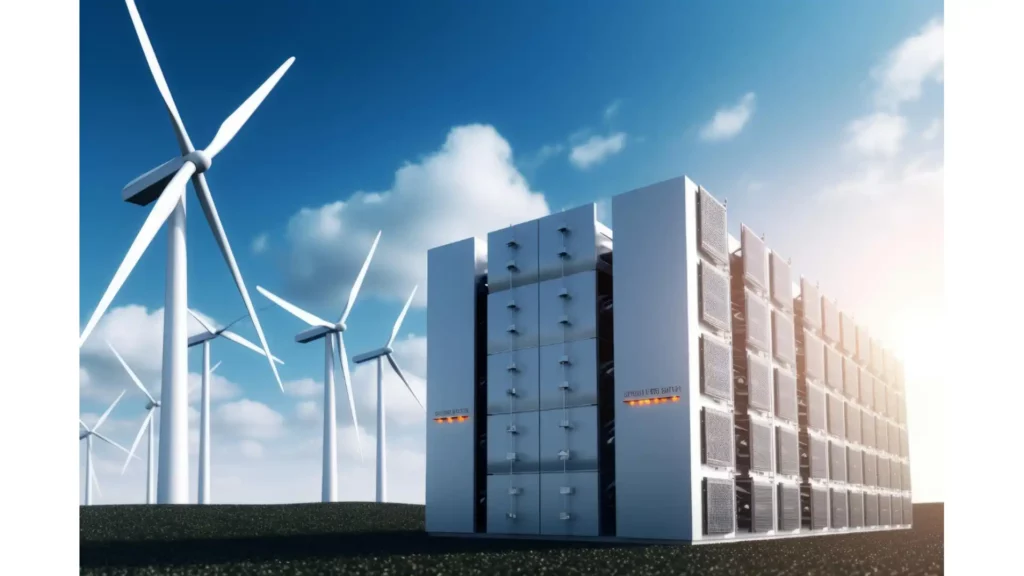
Technologies in Wind Power Energy Storage WPES
Several technologies play pivotal roles in Wind Power Energy Storage WPES, each with unique mechanisms and applications. These include:
- Batteries
Battery storage is the most widely recognized form of Wind Power Energy Storage WPES, utilizing lithium-ion, lead-acid, or flow batteries to store electrical energy. This technology is prized for its scalability and rapid response times.
- Compressed Air Energy Storage (CAES)
CAES involves storing excess energy in the form of compressed air in underground caverns or tanks.
When energy demand peaks, the compressed air is released, driving turbines to generate electricity.
- Flywheel Energy Storage
Flywheels store electrical energy as rotational kinetic energy. They are highly efficient for short-term energy storage, providing a quick response to grid demands.
- Hydrogen Storage
By converting wind energy into hydrogen through electrolysis, Wind Power Energy Storage WPES can store energy in chemical form.
Hydrogen can be used as a fuel or converted back into electricity, offering a versatile storage solution.
- Pumped Hydroelectric Storage
Though not directly a wind-specific technology, pumped hydroelectric storage can be integrated with wind power.
Excess energy is used to pump water to a higher elevation, which can later generate hydroelectric power when released.

Benefits of Wind Power Energy Storage WPES
The integration of Wind Power Energy Storage WPES into the energy grid brings a multitude of benefits:
- Grid Stability and Reliability: Wind Power Energy Storage WPES ensures a consistent energy supply, mitigating the variability of wind power.
- Increased Wind Energy Utilization: By storing excess energy, wind power energy storage maximizes the use of generated wind power, reducing waste.
- Enhanced Energy Security: Wind Power Energy Storage WPES contributes to energy independence and security by diversifying the energy storage portfolio.
- Environmental Benefits: Facilitating greater use of renewable energy, wind power energy storage plays a significant role in reducing greenhouse gas emissions.
- Cost Savings for Utilities and Consumers: Wind power energy storage can lead to significant cost savings over time. By leveling out the supply of wind power, utilities can reduce their reliance on expensive and polluting peak-time energy sources.
- Support for Renewable Energy Expansion: Wind Power Energy Storage WPES is a key enabler for the expansion of renewable energy capacity.
- Reduction in Carbon Footprint: Beyond general environmental benefits, wind power energy storage directly contributes to a substantial reduction in the carbon footprint of energy production.
- Job Creation and Economic Growth: The development, installation, and maintenance of Wind Power Energy Storage WPES technologies create jobs and stimulate economic growth.
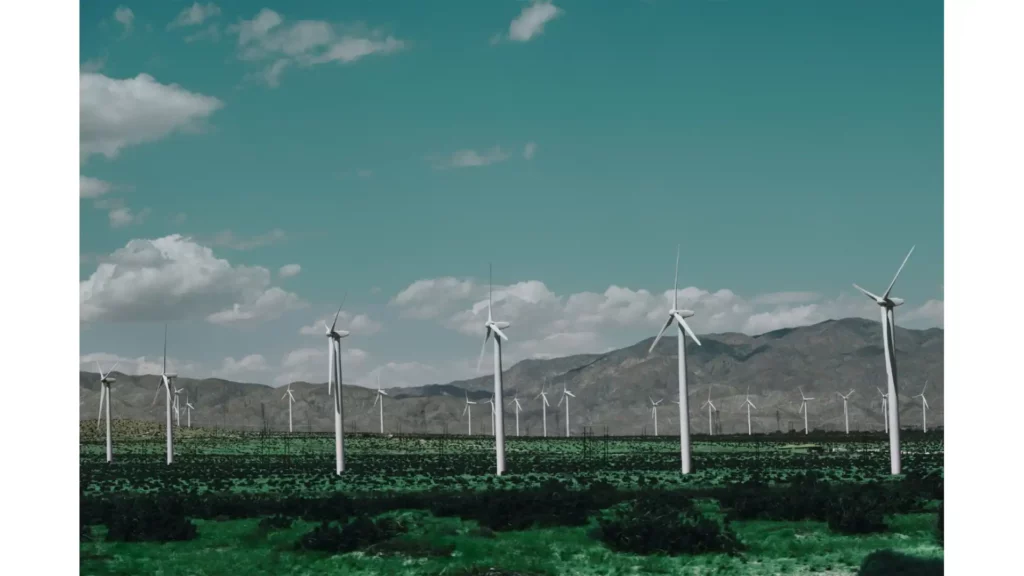
Challenges Facing Wind Power Energy Storage WPES
Despite its benefits, Wind Power Energy Storage WPES faces several challenges:
- High Costs: The initial investment for Wind Power Energy Storage WPES technologies can be substantial, though costs are decreasing over time.
- Technological Limitations: Some storage technologies are still in development stages, with limitations in capacity, efficiency, and scalability.
- Environmental and Geographical Constraints: Certain Wind Power Energy Storage WPES methods, like CAES and pumped hydro, require specific geographical features, limiting their applicability.
Wind Energy Battery Storage: Bridging the Gap in Renewable Energy
Wind Energy Battery Storage represents a pivotal advancement in the realm of renewable energy, offering a solution to one of the most significant challenges: the intermittency of wind power.
By utilizing advanced battery technologies, Wind Energy Battery Storage enables the efficient capture and storage of electricity generated during peak wind periods, ensuring that this green energy can be reliably supplied to the grid even when the wind isn't blowing.
This not only maximizes the utilization of wind energy but also significantly enhances the stability and reliability of the energy grid, marking a substantial step forward in our journey towards a sustainable energy future.

Wind Farm Energy Storage: A Catalyst for Renewable Energy Efficiency
Wind Farm Energy Storage (WFES) is rapidly emerging as a pivotal technology in the renewable energy sector, addressing one of the most significant challenges faced by wind farms: the intermittency of wind.
This section delves into the essence of WFES, exploring its mechanisms, benefits, and transformative impact on investing in wind farms‘ efficiency and reliability.
The Mechanism Behind Wind Farm Energy Storage
Wind Farm Energy Storage captures energy from wind turbines during high wind speeds for later use when wind conditions are not optimal.
This allows for consistent energy output despite wind variability. Common WFES technologies include batteries, flywheels, and pumped hydro storage, each with unique benefits in energy capacity, response time, and efficiency.
The Impact of Wind Farm Energy Storage on Renewable Energy
The integration of WFES into wind farms has a profound impact on the renewable energy landscape:
- Enhanced Grid Stability: By smoothing out the energy supply from wind farms, WFES plays a critical role in maintaining grid stability, especially in regions heavily reliant on wind power.
- Increased Energy Utilization: WFES allows wind farms to capitalize fully on the energy they produce, minimizing waste and increasing the overall efficiency of the energy system.
- Facilitating Renewable Energy Integration: With WFES, wind farms can act as more reliable energy sources, facilitating their integration into the energy mix and supporting the transition towards a more sustainable energy future.
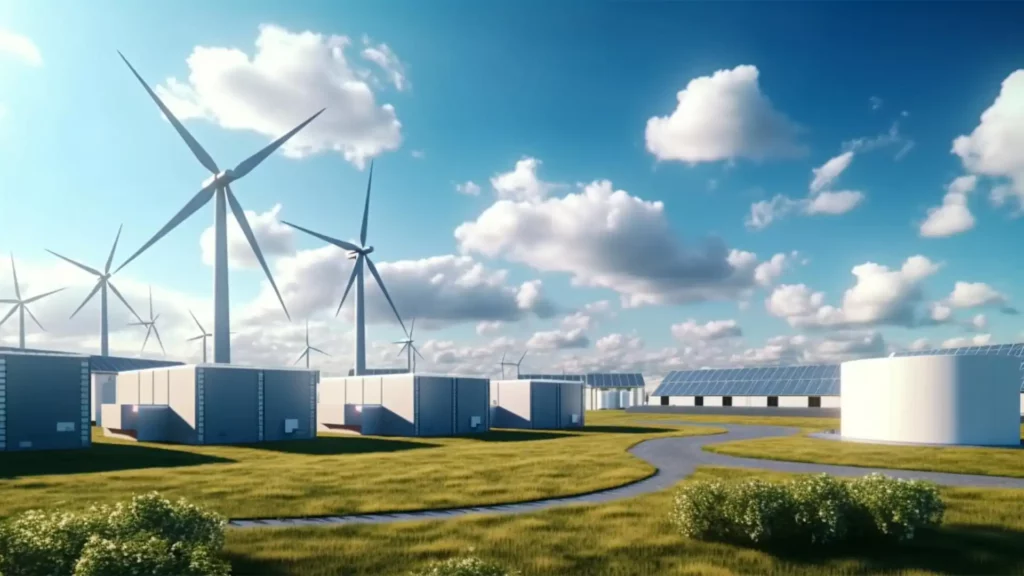
Wind Turbine Energy Storage: Enhancing Efficiency and Reliability
Integrating energy storage with wind turbines improves efficiency and reliability by storing excess power for use during low wind or high demand periods. This boosts the overall effectiveness of wind energy systems.
- Seamless Integration for Optimal Performance: Wind turbine energy storage systems are designed to integrate seamlessly with the turbines, ensuring that the energy produced is not wasted.
- Increased Grid Stability and Reliability: By storing the energy generated by wind turbines, wind turbine energy storage contributes significantly to the stability and reliability of the electricity grid.
- Flexibility in Energy Supply: Wind turbine energy storage offers unparalleled flexibility in managing the energy supply. It enables wind farms to function as more predictable and reliable energy providers, effectively balancing the supply with the fluctuating demand.
- Cost-Effective Energy Solution: The implementation of wind turbine energy storage can lead to significant cost savings over time. By optimizing the use of generated wind energy and reducing the need for backup power sources from fossil fuels.
- Enhanced Energy Security: Wind turbine energy storage enhances energy security by reducing dependence on imported fuels.
- Environmental Benefits: Integrating energy storage with wind turbines amplifies the environmental benefits of wind energy.
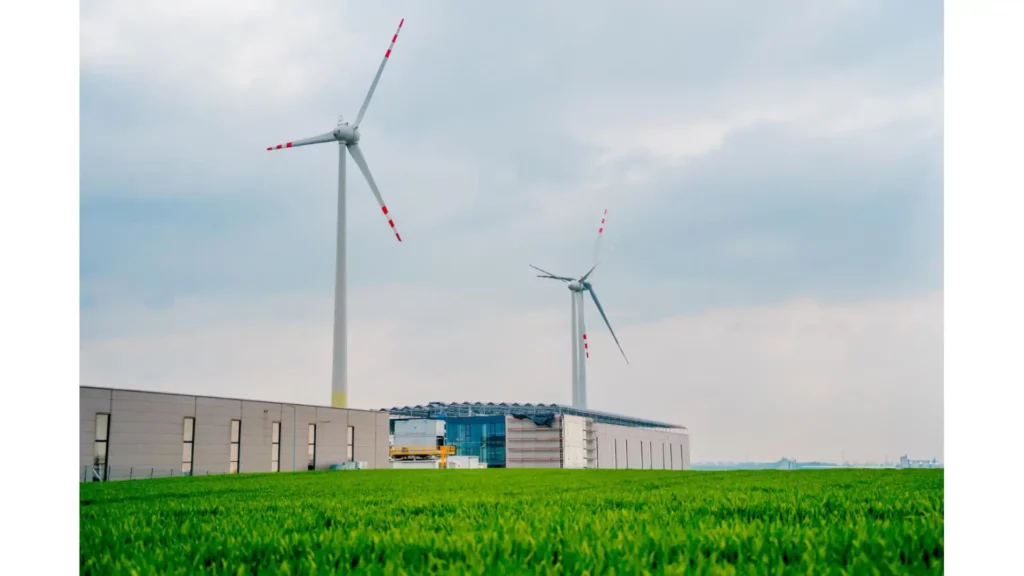
The Future of Wind Power Energy Storage WPES
The future of Wind Power Energy Storage WPES not only shines bright due to technological advancements and decreasing costs but also opens up a plethora of opportunities for the renewable energy sector.
Here are more benefits that underscore the potential and critical role of WPES in shaping a sustainable energy landscape:
Decentralization of Energy Systems
Wind Power Energy Storage WPES facilitates the decentralization of energy systems by enabling local wind energy generation and storage.
This decentralization can reduce the reliance on central power plants and long-distance transmission lines, leading to more resilient and self-sufficient communities.
Job Creation and Economic Growth
The expansion of wind power energy storage technologies is expected to spur job creation across research, manufacturing, installation, and maintenance sectors.
This growth not only supports the green economy but also contributes to overall economic prosperity.
Enhanced Energy Market Dynamics
Wind Power Energy Storage WPES can improve the dynamics of energy markets by increasing the supply of stored energy during peak demand periods.
This can help stabilize energy prices and reduce the cost of electricity for consumers.
Integration with Other Renewable Sources
Wind Power Energy Storage WPES plays a pivotal role in the integrated renewable energy system, where it can be paired with solar, hydro, and other renewable sources.
Such integration enhances the overall reliability and efficiency of renewable energy supply, making it possible to achieve a higher penetration of renewables in the energy mix.
Improved Energy Quality and Reliability
Wind Power Energy Storage WPES technologies can provide ancillary services to the grid, such as frequency regulation and voltage control, improving the quality and reliability of electricity supply.
This is crucial for maintaining grid stability as the share of intermittent renewable resources increases.
Wind Power Energy Storage WPES Conclusion
Wind Power Energy Storage WPES is crucial for transitioning to a sustainable energy system by integrating wind power effectively and overcoming renewable energy challenges.
Wind Power Energy Storage WPES faces challenges but shows great potential for the future of renewable energy. Ongoing advancements will make wind power more reliable and consistent, shaping the future of clean energy.
In the realm of renewable energy, the significance of Wind Power Energy Storage WPES cannot be overstated. It is not just an enhancement to wind energy; it is a transformative element that propels the entire sector forward.
As we continue to strive for a sustainable future, Wind Power Energy Storage WPES stands as a testament to human ingenuity and our commitment to harnessing the power of nature in harmony with technological advancement.

